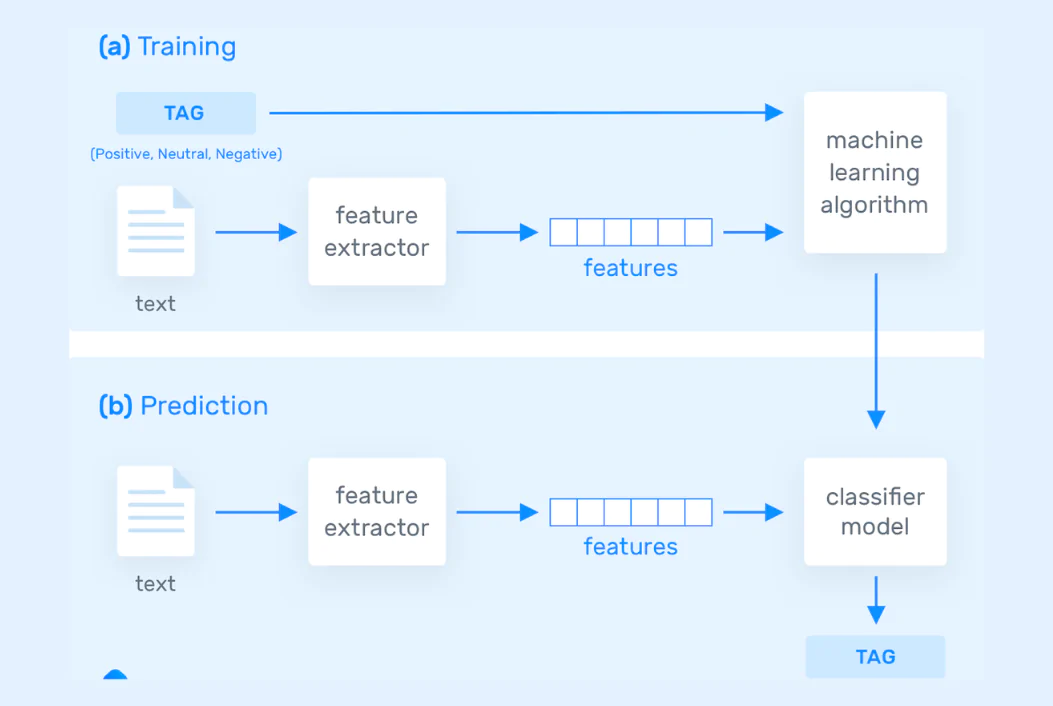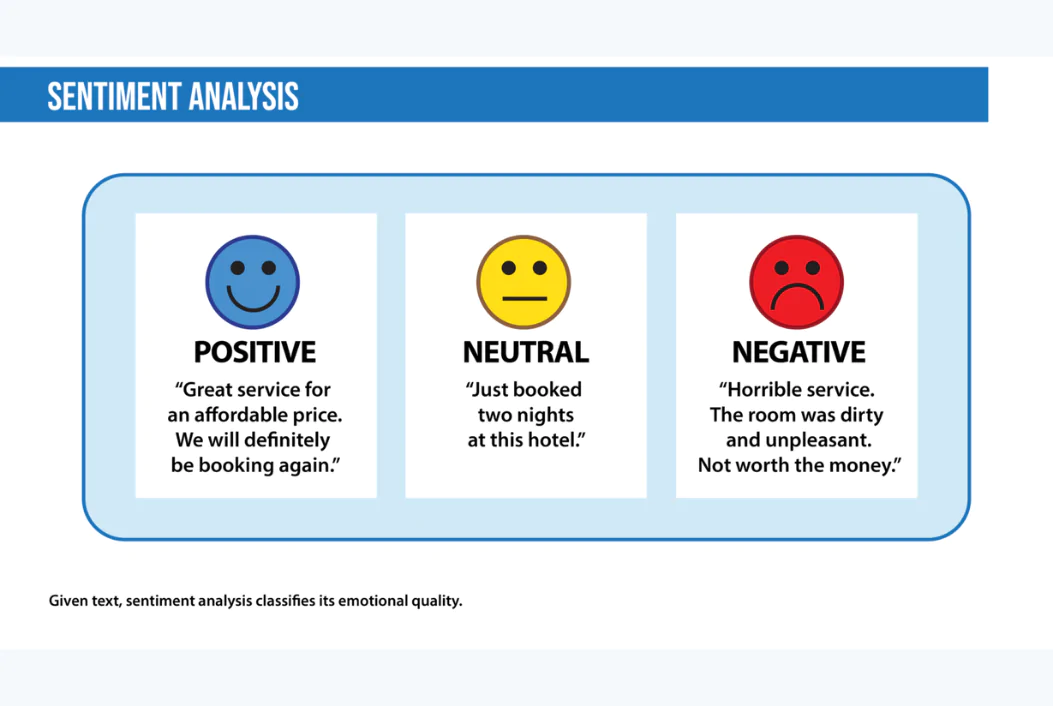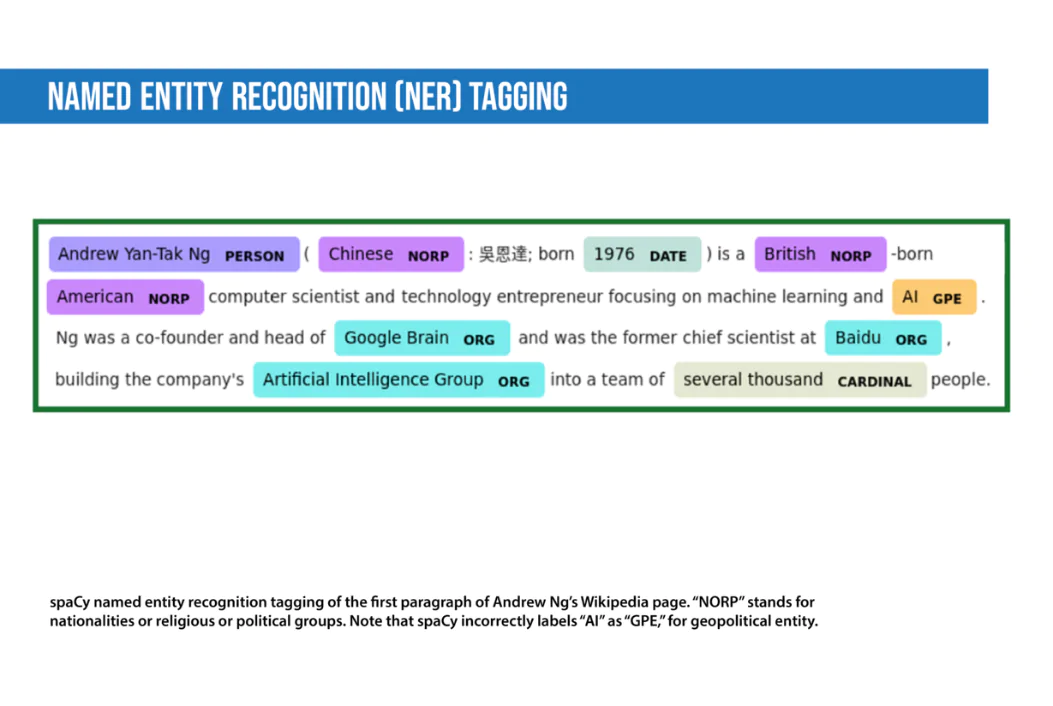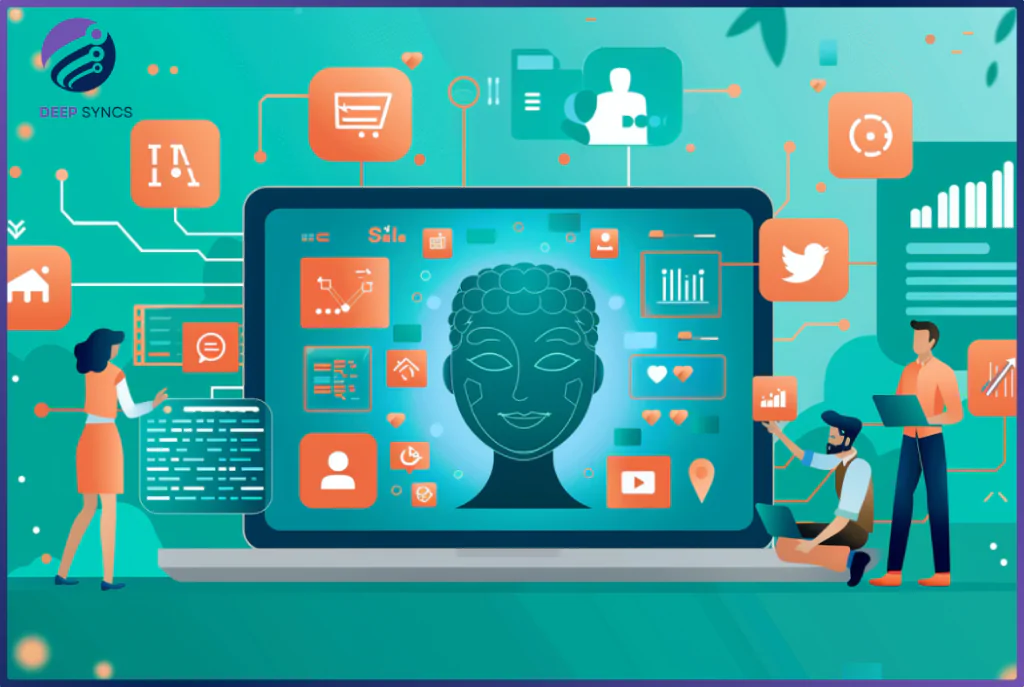Introduction to Natural Language Processing
Natural Language Processing (NLP) is a field of artificial intelligence that focuses on the interaction between humans and computers using natural language. By enabling machines to understand, interpret, and generate human language, NLP has paved the way for various practical applications in modern technology.
What is Natural Language Processing?
NLP involves the use of computational techniques to analyze, understand, and generate human language in a way that is valuable. This includes tasks such as speech recognition, natural language understanding, and natural language generation.
Brief History of NLP
NLP dates back to the 1950s, with early efforts to create computer programs capable of understanding and generating human language. Over the years, advancements in machine learning and deep learning have significantly enhanced the capabilities of NLP systems.
Importance of NLP in Modern Technology
NLP has revolutionized the way we interact with technology, enabling seamless communication between humans and machines. Its applications span across various industries, offering innovative solutions to everyday challenges.
How Does Natural Language Processing (NLP) Work?
To process human language, natural language processing (NLP) integrates deep learning models, machine learning, and computational linguistics.
Language computation
The study of understanding and creating human language models with computers and software tools is known as computational linguistics. Researchers build frameworks to assist machines in comprehending conversational human language using computational linguistics techniques like syntactic and semantic analysis. Computational linguistics is the foundation for tools like speech recognition software, text-to-speech synthesizer’s, and language translators.
Machine learning
Machine learning is a technology that increases a computer’s efficiency by teaching it with sample data. Sarcasm, metaphors, differences in sentence structure, as well as grammar and usage exceptions that take years to learn, are just a few of the characteristics of human language. Machine learning techniques are used by programmers to train natural language processing (NLP) applications to recognise and comprehend these features right away.
Deep learning
A subfield of machine learning called “deep learning” trains computers to think and learn like people. It uses a neural network, which is made up of nodes for processing data that are arranged to mimic the structure of the human brain. Computers that use deep learning are able to identify, categorize, and associate intricate patterns in the input data.
Steps for implementing NLP
The first step in implementing NLP is usually collecting and prepping unstructured textual or speech data from internal business process applications, surveys, cloud data warehouses, and emails.
Pre-processing
To prepare the data for different applications, the NLP software uses pre-processing techniques like tokenization, stemming, lemmatization, and stop word removal.
The following is an explanation of these methods:
- Tokenization divides a sentence into discrete word or phrase units.
- Lemmatization and stemming reduce words to their most basic form. These procedures, for instance, change “starting” to “start.”
- Stop word removal makes sure that words like “for” and “with,” which don’t significantly add meaning to a sentence, are eliminated.
Training
NLP models are trained by researchers using pre-processed data and machine learning to carry out specific tasks based on the textual information provided. In order to improve the accuracy of NLP algorithms, the software must be fed large data samples during the training process.

Deployment and inference
The model is then implemented or integrated into an already-existing production environment by machine learning specialists. When an NLP model is used for a particular use case, it takes in input and forecasts an output. The NLP application can be used to run on real data and produce the desired results.
NLP in Virtual Assistants
Virtual assistants such as Siri, Alexa, and Google Assistant leverage NLP to understand and respond to user queries effectively. By analyzing natural language inputs, these assistants can provide tailored responses and perform tasks on behalf of the user.
How Virtual Assistants Utilize NLP
Virtual assistants use NLP algorithms to process spoken and written language inputs, extract relevant information, and generate appropriate responses. These algorithms enable virtual assistants to understand user intent and context, making interactions more intuitive.
Examples of Common Virtual Assistants
Popular virtual assistants like Amazon’s Alexa, Apple’s Siri, and Google Assistant showcase the practical applications of NLP in everyday technology. These assistants can perform tasks such as setting reminders, answering queries, and controlling smart home devices.
Benefits of NLP in Virtual Assistants
NLP enhances the user experience by enabling more natural and efficient interactions with virtual assistants. By leveraging NLP, virtual assistants can understand complex commands, provide accurate responses, and adapt to individual preferences.
NLP in Customer Service
NLP plays a crucial role in enhancing customer service interactions by enabling businesses to analyze and respond to customer queries effectively. By automating processes and understanding customer sentiment, NLP can improve the overall customer experience.
Role of NLP in Customer Service Interactions
NLP algorithms analyze customer queries, extract relevant information, and generate appropriate responses in real-time. By understanding natural language inputs, businesses can address customer inquiries promptly and effectively.
Improving Customer Experience through NLP
NLP technology can analyze customer feedback, identify trends, and personalize responses to enhance the overall customer experience. By automating customer service processes, businesses can reduce response times and improve satisfaction levels.
Real-life Examples of NLP in Customer Service
Companies like Amazon and Netflix use NLP algorithms to analyze customer preferences, recommend products, and enhance customer engagement. These applications showcase the practical impact of NLP in improving customer interactions.
NLP in Sentiment Analysis
Sentiment analysis involves the use of NLP to analyze and interpret the emotions, opinions, and attitudes expressed in text data. By understanding sentiment, businesses can gain valuable insights into customer feedback and market trends.
Understanding Sentiment Analysis with NLP
NLP algorithms analyze text data to determine the sentiment expressed, whether positive, negative, or neutral. By processing vast amounts of textual data, businesses can gain insights into customer opinions and perceptions.
Applications of Sentiment Analysis in Real Life
Businesses use sentiment analysis to track customer sentiment, monitor brand reputation, and identify emerging trends in the market. By leveraging NLP for sentiment analysis, companies can make data-driven decisions to improve their products and services.

Impact of NLP on Analyzing Customer Feedback
Natural Language Processing enables businesses to analyze customer feedback at scale, extract actionable insights, and respond to customer preferences effectively. By understanding sentiment through NLP, businesses can tailor their strategies to meet customer expectations.
NLP in Healthcare
In the healthcare industry, NLP is utilized for medical record analysis, clinical decision-making, and improving patient outcomes. By leveraging NLP technology, healthcare providers can enhance the quality of care and streamline clinical processes.
Utilizing NLP for Medical Record Analysis
NLP algorithms analyze unstructured medical data, such as physician notes and patient records, to extract valuable information for diagnosis and treatment. By automating the analysis of medical records, healthcare providers can improve clinical workflows and decision-making.
Enhancing Clinical Decision Making with NLP
NLP assists healthcare professionals in identifying patterns, trends, and insights from vast amounts of medical data. By processing text data and medical records, NLP can support clinical decision-making, diagnosis, and treatment planning.
Improving Patient Outcomes through NLP
NLP technology enables healthcare providers to deliver personalized care, streamline operations, and improve patient outcomes. By leveraging NLP for information retrieval and analysis, healthcare organizations can enhance patient safety and quality of care.
What is Natural Language Processing (NLP) Used For?
Machine Translation
Translation between languages can be automated with machine translation. Text in a given source language serves as the model’s input, and text in a specified target language serves as its output. Probably the most well-known mainstream application is Google Translate. These models are applied to enhance interpersonal communication on social media sites like Facebook and Skype. Machine translation techniques that are effective can discriminate between words that have similar meanings. Language identification, or categorizing text as belonging to one or more languages, is another function of certain systems.
Named entity recognition
The goal of named entity recognition is to identify and extract textual entities into predefined categories, like names, organizations, locations, and quantities. Text is typically used as the model’s input, and its output is a list of different named entities along with their start and end locations. Named entity recognition has applications that include news article summaries and debunking misinformation.

Spam detection
Classifying emails as spam or not is the goal of a common binary classification problem in natural language processing (NLP) called spam detection. Email texts and other subtexts, such as the sender’s name and title, are fed into spam detectors. Their goal is to provide the likelihood that the email is spam. Such models are used by email providers such as Gmail to improve user experience by classifying unsolicited and unwanted emails into a separate spam folder.
Grammatical error correction
To fix the grammar in a text, grammatical error correction models encode grammatical rules. A model is trained on an erroneous sentence as input and a correct sentence as output in this primarily seen as a sequence-to-sequence task. These systems are used by word processing programs like Microsoft Word and online grammar checkers like Grammarly to give their users a better writing experience. They are also used by schools to grade student essays.
Summarization
The process of condensing text to emphasize the most important information is known as summarization. Salesforce researchers created a summarizer that assesses factual consistency in addition to other factors to guarantee accurate results. There are two method classes for summarization:
1. Extractive summarization is used to take the most significant sentences out of a lengthy text and put them together into a summary. Extractive summarization typically assigns a score to each sentence in an input text before choosing a few sentences to comprise the summary.
2. Abstractive summarization uses paraphrasing to create a summary. Writing an abstract that contains phrases and words that are absent from the source text is comparable to doing this.
Summary
The practical applications of Natural Language Processing in modern technology are vast and impactful. From virtual assistants to customer service, sentiment analysis, and healthcare, NLP plays a vital role in enhancing human-machine interactions and improving user experiences.
By exploring the practical applications of Natural Language Processing in everyday life, we can gain a deeper understanding of how NLP technology is shaping the future of modern technology. From virtual assistants to healthcare solutions, NLP continues to revolutionize human-machine interactions and drive innovation in various industries.
Recap of the Importance of NLP in Modern Technology
Natural Language Processing bridges the gap between humans and machines by enabling seamless communication and interaction. Its applications in virtual assistants, customer service, sentiment analysis, and healthcare highlight the significance of NLP in modern technology.
Key Takeaways from the Practical Uses of NLP
-
NLP enhances user experiences through intuitive interactions with virtual assistants.
-
NLP improves customer service by analyzing queries, sentiment, and feedback.
-
NLP enables businesses to gain insights from customer feedback using sentiment analysis.
-
NLP supports healthcare providers in clinical decision-making and patient care.
Looking Ahead to the Future of NLP
As NLP technology continues to advance, we can expect even more innovative applications and solutions across various industries. The future of Natural Language Processing holds immense potential for transforming how we interact with technology and enhancing the efficiency of everyday tasks.
FAQs
How does NLP differ from traditional programming?
NLP focuses on language processing and understanding, allowing machines to analyze and generate human language. In contrast, traditional programming involves writing instructions for computers to perform specific tasks.
Are there any privacy concerns related to natural language processing technology?
Privacy concerns related to NLP include the collection and analysis of personal data, potential breaches of confidentiality, and the misuse of sensitive information. It is essential for organizations to prioritize data security and privacy protection when implementing NLP solutions.
What are the limitations of NLP in real-life applications?
Limitations of NLP include difficulties in handling ambiguity, context understanding, and language variations. NLP systems may struggle with complex language tasks and require robust training data to perform effectively in real-life applications.


